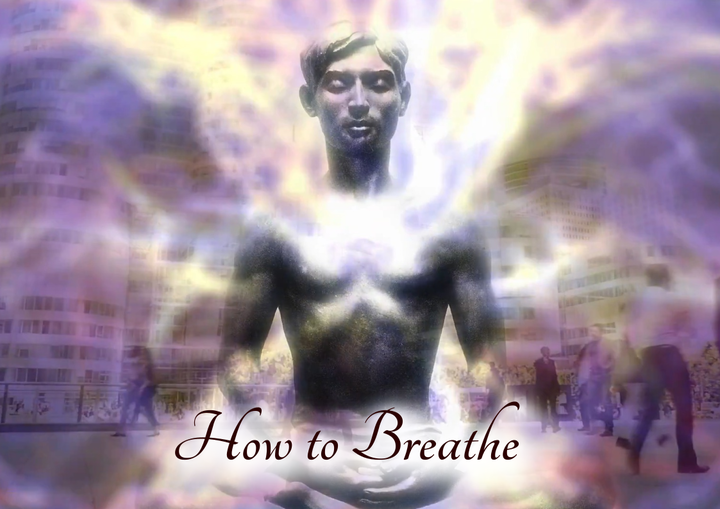How to Breathe
It just happens, right?

For something so fundamental to life, the process of breathing is often only dimly understood
It just happens, right?
A clearer understanding of the actual mechanics involved can greatly help in achieving a strong and healthy breath
Which in turn leads to a strong and healthy life
Through the nose:
Optimal breathing is achieved through the nose
The nose filters, warms and softens the air as it enters our system
Breathing through the nose is inherently more calming to the mind
Whilst breathing through the mouth can achieve specific effects in some practices it is generally considered for “emergency use” only, ie when we cannot get enough air into our system quickly enough due to over-exertion, blockage or illness
Chest and diaphragm:
We breathe primarily with the chest and the diaphragm
The abdomen can be of secondary use but is not a prime mover in the process
Confusion around this can lead to inefficient breathing and a wasting of energy
The process is as follows;
As we inhale:
-
The ribcage expands by the action of the intercostal muscles
-
The diaphragm contracts (though this may seem counter-intuitive) and pushes downwards
The abdomen may push out and appear to expand due to the downwards action of the diaphragm
But there is no cavity for the air to enter which would cause the abdomen to expand
It can only change shape, and is not actively required for the inhalation
As we exhale:
-
The chest relaxes and contracts
-
The diaphragm relaxes and lifts
We can, optionally and optimally, engage the muscles of the abdomen in order to support the exhale but actually it is gravity which closes the chest cavity
In yoga asana and pranayama we learn to employ the abdomen to strengthen and support the exhalation
This aspect of practice is also physically strengthening, including to our core musculature
Techniques involving forceful abdominal exhalation, such as bhastrika and kapalabhati, can be of great value, properly practised, but forceful use of the abdomen is not required for normal daily breathing
Note:
The technique of “belly-breathing”, (ie “inhaling into the abdomen”) whilst perhaps having some value for some people by visualisation of the deepening of breathing, is potentially confusing and can mis-direct the attention from where it is most effectively placed
“The aim in yoga is to train ourselves so that we can modify inhalation or exhalation and hold the breath to meet a demand”
TKV Desikachar